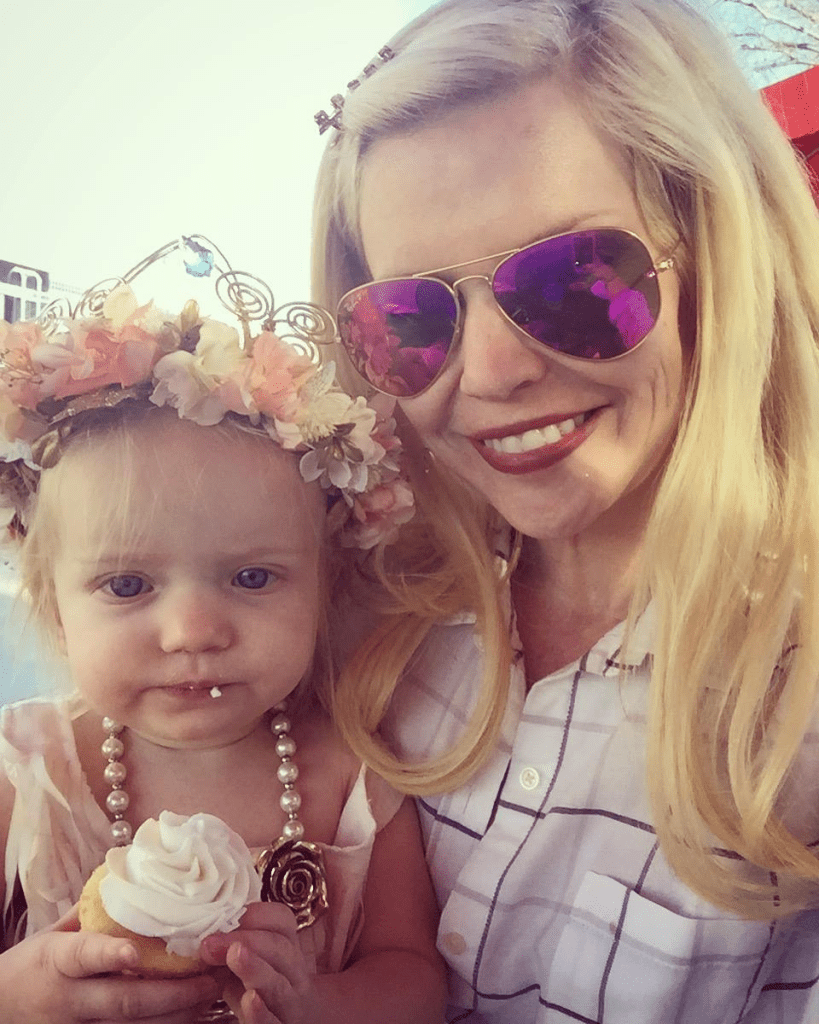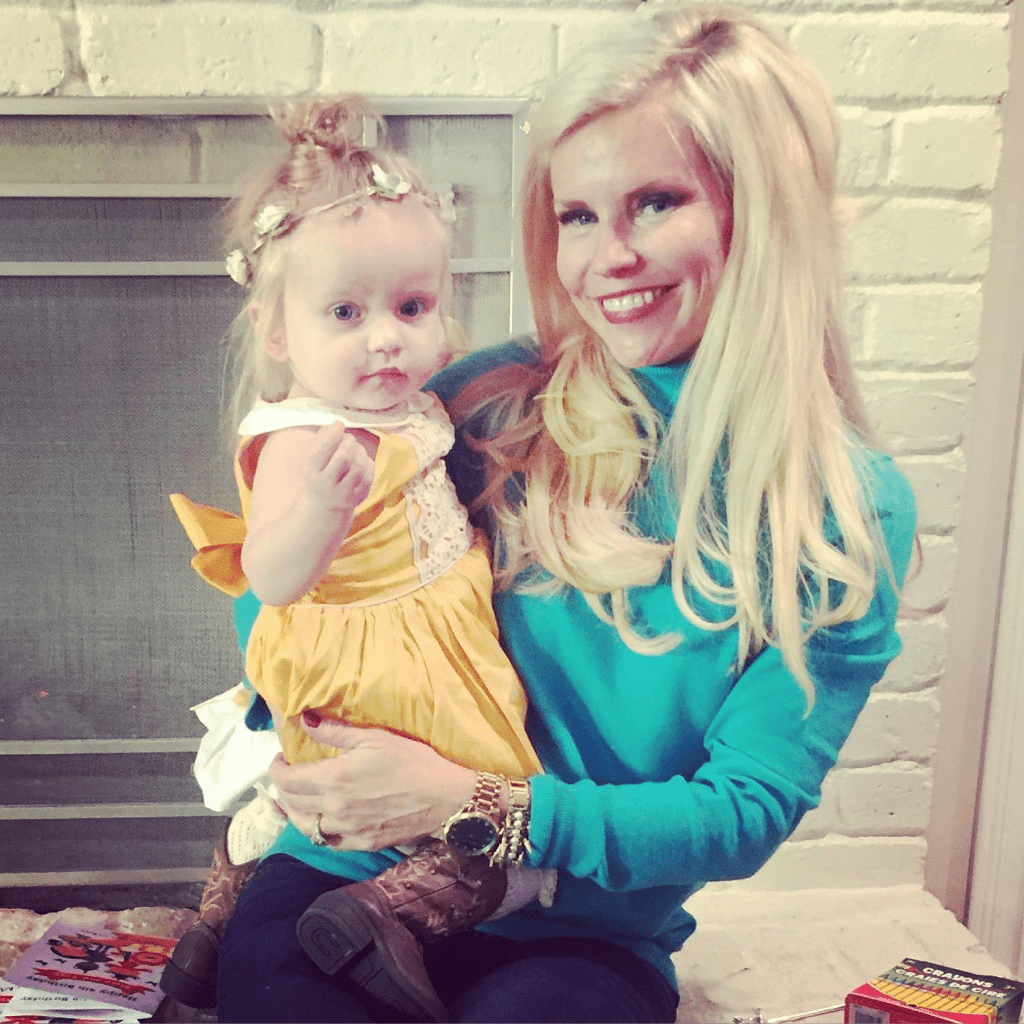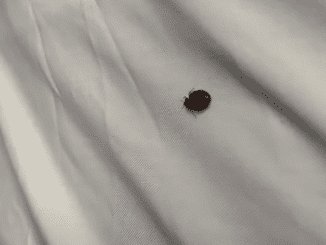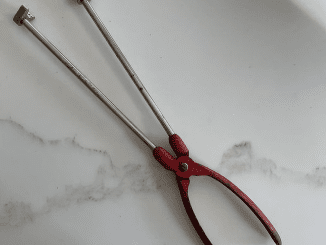A grieving mother, Keri Hall Volmert, is sharing her family’s heartbreaking story to warn other parents about the risks of sleeping on a different floor than their children. In February 2016, her 17-month-old daughter, Sammie Joyce, tragically passed away due to a silent but deadly danger that few parents might consider. By sharing Sammie’s story, Keri hopes to raise awareness and prevent other families from experiencing a similar loss.

On the night of February 28, 2016, Keri followed her usual bedtime routine with Sammie. She tucked her daughter into bed, blissfully unaware that this would be the last time she would see her alive. The next morning, Keri’s husband went to retrieve Sammie from her room upstairs and found her unresponsive. The panic and desperation in his voice will haunt Keri forever as he shouted for her to call for help. Despite the emergency efforts, Sammie was pronounced dead at the hospital.
Sammie’s passing was due to a malfunction in the heating system in her room, which caused the temperature to skyrocket. Although the thermostat was set to a safe 72 degrees, a fault in the HVAC system allowed the room to reach temperatures over 100 degrees, leading to hyperthermia. With Sammie on a different floor, her parents had no way of knowing the temperature was dangerously high until it was too late. Tragically, young children like Sammie cannot regulate their body temperature as effectively as older children or adults, making them more vulnerable to extreme conditions.
Keri’s story is an eye-opener for parents who might not realize the potential dangers of sleeping on a different floor from their young children. In two-story homes, this setup is common, often driven by practical space needs or the desire for privacy. However, the separation can pose serious risks, as parents are less likely to hear subtle noises or detect temperature issues without special monitoring devices in place. The Volmert family’s story is a reminder that even the safest-seeming environments can have hidden dangers.
To help prevent similar tragedies, Keri advises parents to invest in safety devices specifically designed for monitoring a child’s room environment. Here are a few practical steps parents can take to protect their children:
1. Install Temperature Monitors
Temperature monitors can alert parents if the room temperature rises or falls outside a safe range. These devices are affordable, easy to use, and can provide peace of mind.
2. Use Baby Monitors with Environmental Alerts
Many baby monitors now come with built-in temperature sensors. Look for options that can alert you via your smartphone if the room temperature becomes unsafe. This feature can be invaluable for parents who sleep on a different floor.
3. Ensure Regular Maintenance of HVAC Systems
Regular inspections of heating and cooling systems can help prevent malfunctions. A simple tune-up can catch potential issues before they become life-threatening problems.
4. Avoid Overheating Risks with Proper Sleepwear
Dress babies in lightweight sleepwear appropriate for the room temperature. Avoid heavy blankets and layered clothing, which can contribute to overheating.

Since sharing Sammie’s story, Keri has received countless messages from parents who have taken her warning to heart. Many have installed monitors or made other changes to their children’s sleep arrangements. In some ways, Sammie’s legacy lives on as parents across the country implement safety precautions they might not have considered before.
Keri and her family have also turned their grief into a force for good. They created a Facebook page in Sammie’s memory, sharing her story and raising awareness. They also support The WARM Place, a nonprofit organization that assists families dealing with grief, helping others to navigate the devastating loss of a loved one.
As parents, we often do everything we can to protect our children, but some risks may not be obvious until it’s too late. Keri’s story serves as a reminder that tragic events can sometimes unfold due to seemingly mundane factors, like a faulty heater or a forgotten baby monitor. By being vigilant, investing in appropriate safety tools, and sharing experiences, parents can create a safer environment for their children and help prevent future heartbreaks.

Keri’s message is clear: never assume your child’s room is automatically safe. Regularly check your heating and cooling systems, use environmental monitoring tools, and stay vigilant about your child’s sleeping conditions. Even one small step could make all the difference.
Sammie’s story is an enduring reminder to parents about the unexpected risks that can lurk in our homes. By sharing her experience, Keri hopes to save other families from the grief her family has endured. Her message is a call to action: Let Sammie’s legacy be one of awareness and change, as parents everywhere take proactive steps to protect their little ones.
By remembering Sammie and learning from Keri’s experience, we can ensure that the next child’s bedtime story ends with a kiss goodnight and a morning filled with laughter. Make the effort to protect your family, and let Sammie’s story inspire change.


